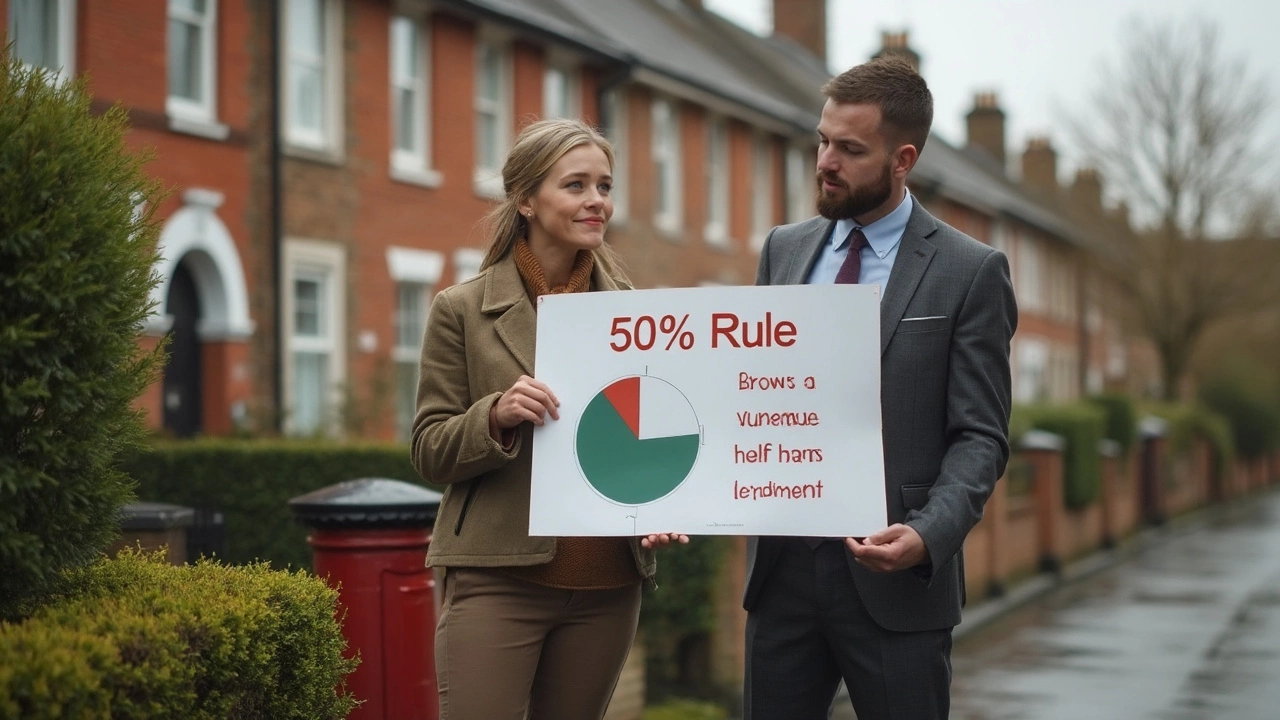Buy To Let Essentials for UK Investors
If you’re eyeing a property that will earn you rent each month, you’re looking at a buy‑to‑let deal. It’s not just about finding a nice house – you need numbers that make sense. In this guide we’ll break down the quick‑calc rules, show how to set realistic profit goals, and give you practical steps to protect your cash.
First thing’s first: location still matters. A flat in a commuter town with good train links can pull higher rent than a suburban house farther from transport. Check the average rent for the street, compare vacancy rates, and make sure the area’s demand is steady. A simple Google search or local letting agent can confirm the numbers.
Key Rules to Gauge a Deal
The 2% rule is a fast way to see if a property might work. Take the monthly rent you expect and divide by the purchase price. If it’s 2% or higher, the numbers look promising. For example, a £150,000 flat that rents for £1,500 a month hits the 2% mark. It tells you the rent covers the mortgage and leaves room for other costs.
The 50% rule goes a step further. It says roughly half of your rental income will disappear into expenses – council tax, insurance, maintenance, letting fees, and the empty‑let period. So if you collect £1,500 a month, expect about £750 to go to costs before you touch the mortgage payment. This helps you avoid a deal that looks good on paper but drains your bank.
Both rules are handy shortcuts, but they’re not the whole story. They ignore factors like interest rates, tax changes, or a sudden dip in demand. Use them as a first filter, then dig deeper with a full cash‑flow calculation. That extra step can save you from buying a property that looks cheap but turns into a money‑eater.
Boosting Your Rental Profit
How much profit should you aim for? Many investors target a net yield of 6‑8% after all expenses. That means if you spend £150,000 on a property, you’d want net profit of roughly £9,000‑£12,000 a year. Some prefer a cash return instead of a percentage, especially if they have a sizable deposit. Knowing your personal cash‑flow needs guides the type of property you chase.
Small improvements can lift rent quickly. Fresh paint, modern fixtures, or adding a fitted kitchen often lets you charge £50‑£100 more per month. Those upgrades usually pay for themselves within a few years and make the property more attractive to quality tenants, reducing void periods.
Finally, keep an eye on mortgage options. A lower‑rate buy‑to‑let mortgage can boost your net profit dramatically. Shop around, consider a fixed‑rate for stability, and always factor the lender’s fees into your calculations. The right loan can turn a borderline deal into a solid investment.
Ready to start? Pick a neighbourhood, run the 2% and 50% checks, then model the full cash flow. If the numbers hold up, move forward with confidence. Buy‑to‑let can be a reliable income stream when you blend quick rules with detailed analysis and smart upgrades.

2% Rule for Investment Property: What It Is and How It Works
The 2% rule is a quick way for property investors to measure a buy to let deal’s potential. This article breaks down exactly how the 2% rule works, why it’s popular, and where it falls short. Expect practical examples, smart tips, and a reality check on using this rule in 2025’s market. You’ll walk away knowing when the 2% benchmark makes sense—and when to dig deeper before investing. Whether you’re new to buy to let or want to sharpen your strategy, this guide gets straight to the point.

50% Rule in Rental Property: How It Works and Why It Matters
The 50% rule is a quick math trick to estimate if a rental property is worth the investment. It says around half the rental income will probably get eaten up by expenses before you can even think about your mortgage. This article explains exactly what the 50% rule is, where it comes from, and how it stacks up in real life. Learn how to use it (or not) for your property decisions, with straight-shooting advice and real-life tips. Avoid common traps and make smarter choices by understanding this simple yet powerful rule.

How Much Profit Should You Make on a Rental Property?
People often ask what a good profit actually looks like when it comes to rental properties. This article breaks down how much you should realistically aim to make, not just in percentages but in real cash. We'll look at rental yields, the expenses most people forget, and smart tips to boost your bottom line. You'll know how to crunch the numbers and spot red flags before buying. No sugar-coating—just real, helpful advice for buy to let investors.

Understanding Buy to Let Rent: A Guide for New Investors
Buy to let involves purchasing a property solely for renting purposes. It's a popular choice among investors seeking steady income. This article explores how buy to let rent works, the importance of location, calculating potential returns, understanding mortgage options, and legal responsibilities as a landlord. Offering practical advice, it aims to aid beginners in their investment journey.